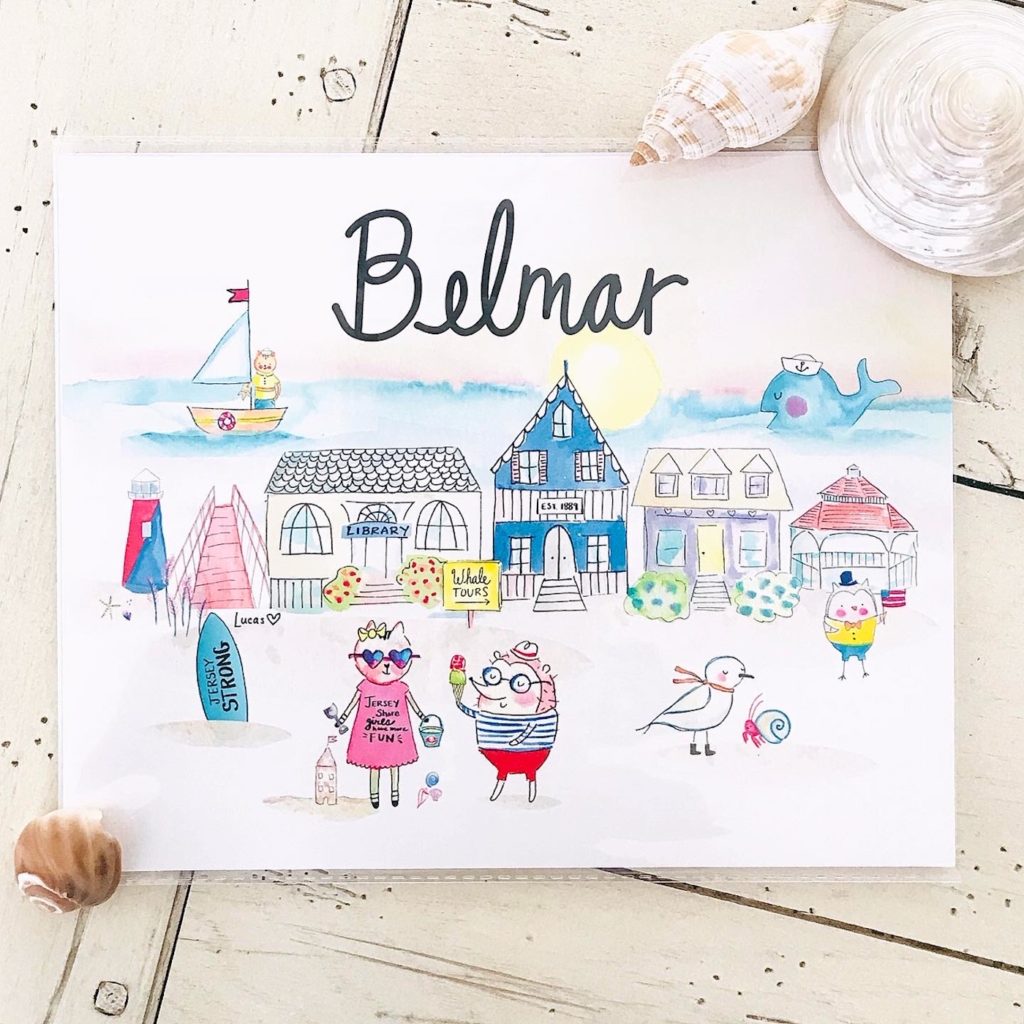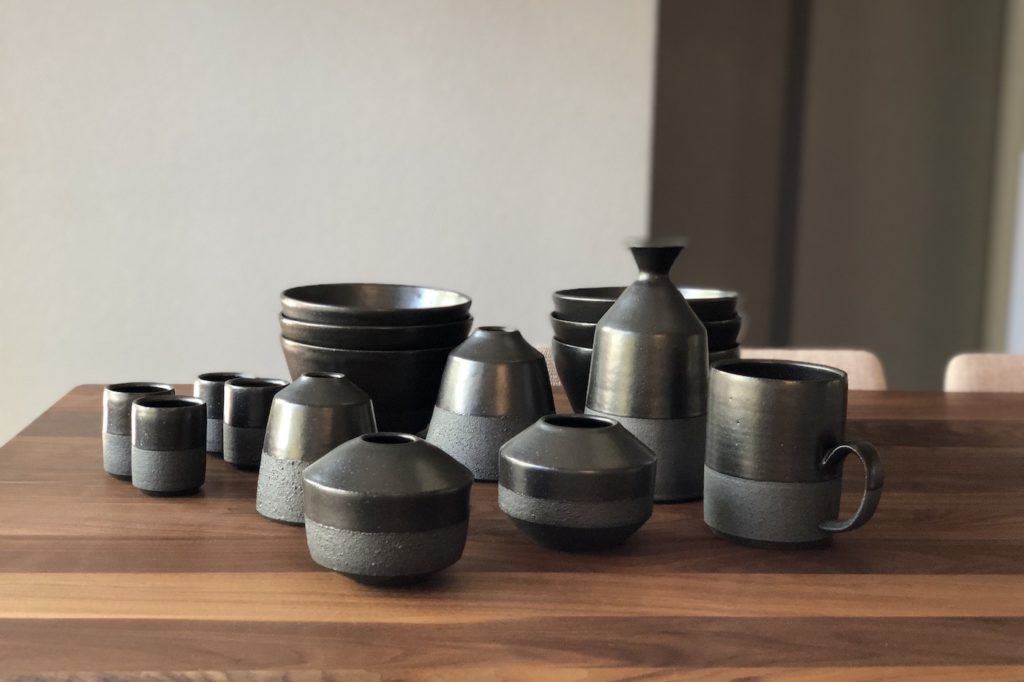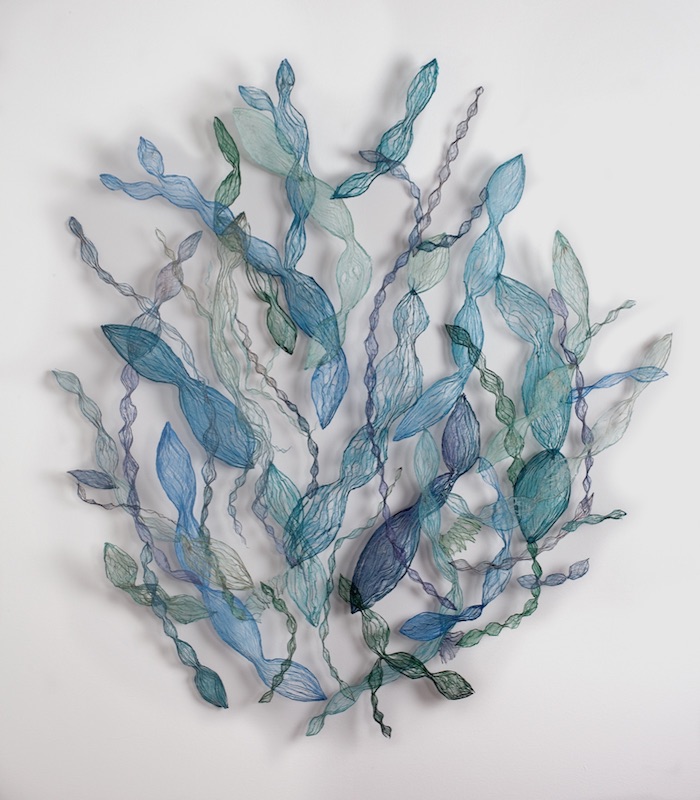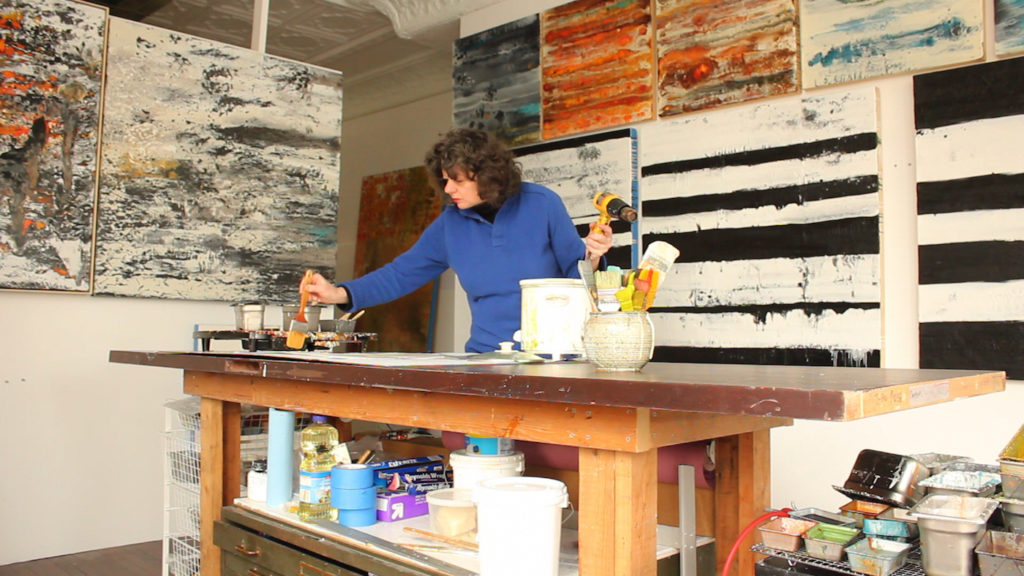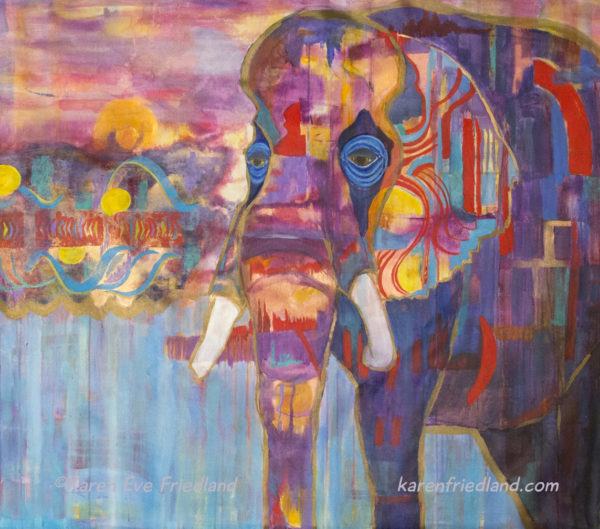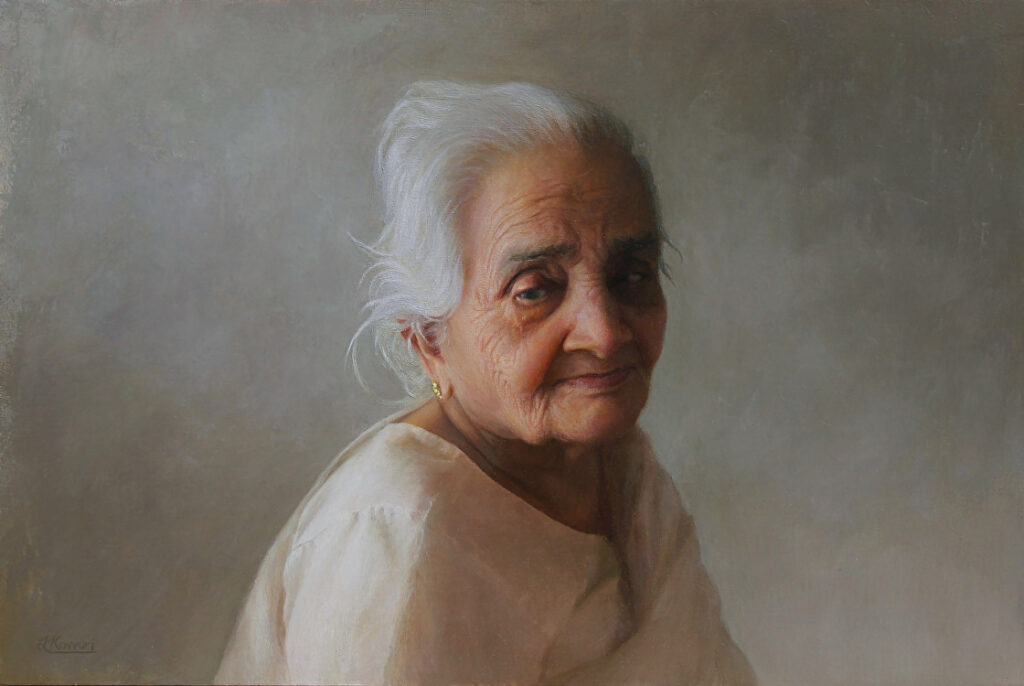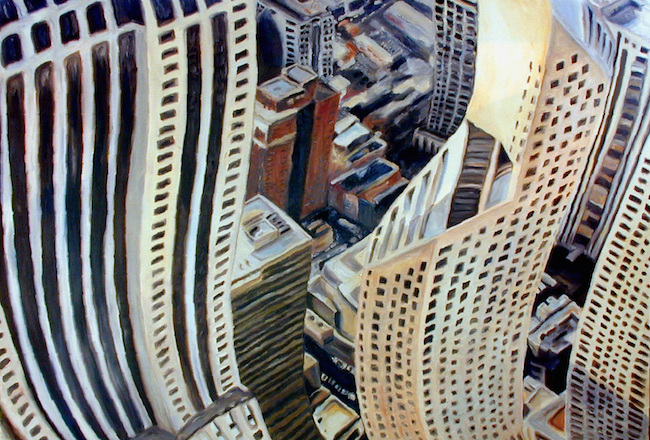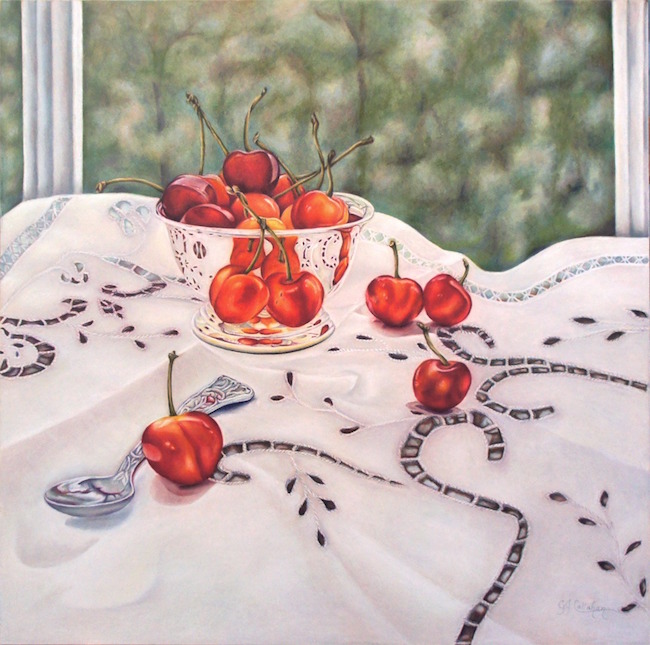We often forget that we’re not alone. It’s easy to do because you spend so much time working by yourself in the studio. But … You don’t have to hold up the weight of a solo exhibition all by yourself.
If you get a little creative, you will find a whole bunch of people who would love to be involved with your show. They would be happy to help you install it, interpret it, and share it with others.
In my former life (a long time ago) I was an art museum curator and educator. This is exactly how we thought about exhibitions in the art museum: holistically.
We never installed the art and only hoped people would come to the museum and understand the work. We spent months discussing—as a team— how we would involve others in the show. How we would help make the art more meaningful to our visitors and, at the same time, increase chance that many more people would see the work.
This is where my guest for this episode of the podcast comes in.
Jill Powers is a sculptor and installation artist who creates art related to ecological issues. For her major exhibitions Jill creates public events designed to educate, delight, and challenge visitors and viewers. She also seeks unique collaborations with area businesses, organizations, and experts to help support and promote her artistic themes.
In this episode, she describes the many programs she has organized and how she did it. You’ll hear about how she worked with dancers, scientists, and restaurants to expand the reach of the show beyond the walls and pedestals of the galleries. You’ll see how easy it is to multiply your audience when you take this approach.



